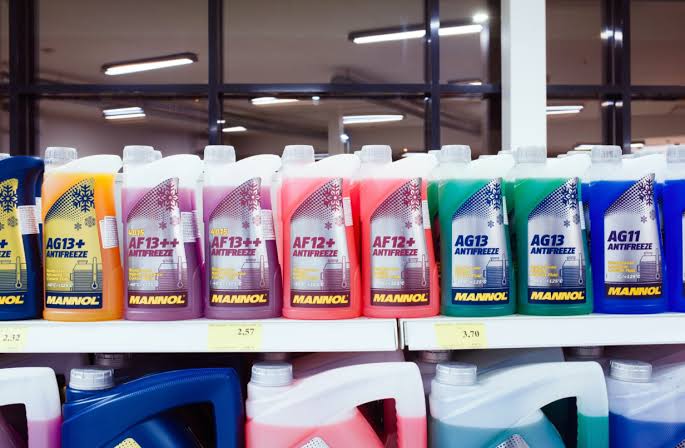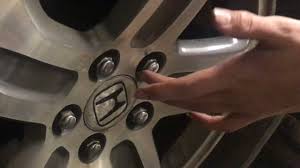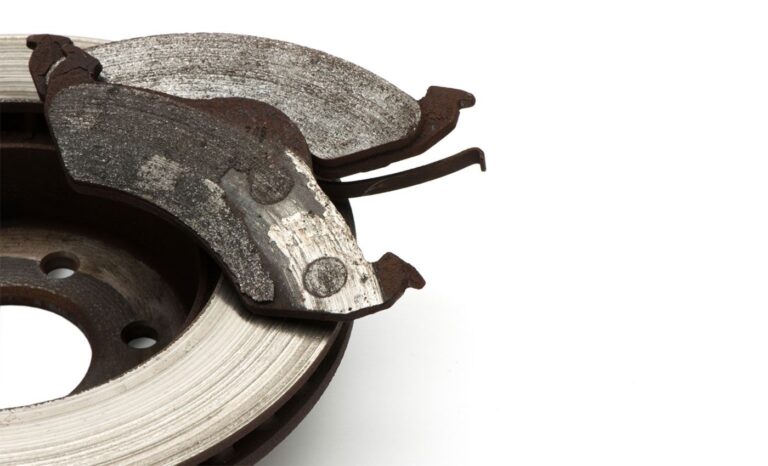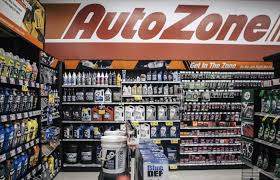Does the Color of Coolant Matter?

Coolant, also known as antifreeze, is a vital fluid that keeps your engine from overheating or freezing, ensuring optimal performance in all weather conditions. If you’ve ever popped the hood and noticed coolant in a variety of colors—green, orange, yellow, or even pink—you might wonder, “Does the color of coolant matter?”
The short answer is yes, but not for the reasons you might think. Coolant color can give you an indication of its type and chemical composition, which are crucial for compatibility with your vehicle. Let’s dive deeper into why coolant color matters and how to choose the right one for your car.
What Does Coolant Color Represent?
The color of coolant is primarily a result of dyes added by manufacturers. It serves as a visual identifier for the type of coolant and its chemical makeup. Here are the most common types:
1. Inorganic Additive Technology (IAT)
- Color: Green
- Use: Found in older vehicles, typically pre-1990s models.
- Composition: Contains silicates and phosphates to protect metal components in the engine.
- Lifespan: Shorter lifespan, usually requiring replacement every 30,000 miles or two years.
2. Organic Acid Technology (OAT)
- Color: Orange, red, or pink
- Use: Common in modern vehicles, particularly GM and some European brands.
- Composition: Contains organic acids for corrosion protection, without silicates or phosphates.
- Lifespan: Longer-lasting, up to 150,000 miles or five years.
3. Hybrid Organic Acid Technology (HOAT)
- Color: Yellow, turquoise, or blue
- Use: Popular in many American and European vehicles.
- Composition: A mix of silicates and organic acids, offering balanced protection.
- Lifespan: Around 5 years or 150,000 miles.
4. Phosphate-Free Coolants
- Color: Pink or blue
- Use: Found in some Asian vehicles, including Toyota and Honda.
- Composition: Designed for aluminum components, free of phosphates and silicates.
Does the Color of Coolant Really Matter?
1. Color as an Identifier
While the color can indicate the type of coolant, it’s not a foolproof method. Some manufacturers may use non-standard colors, and different brands of the same type of coolant can vary in color.
2. Compatibility Is Key
What truly matters is using the coolant that matches your vehicle’s specifications. Mixing incompatible coolants can cause chemical reactions, leading to:
- Gel-like clogs in the cooling system
- Reduced heat transfer efficiency
- Corrosion or damage to engine components
Why Coolant Color Can Be Confusing
1. Variation Across Brands
Different brands may use the same color for different formulations. For example, one orange coolant might be OAT, while another could be a hybrid blend.
2. Older vs. Newer Formulations
Older vehicles may use green IAT coolant, while modern vehicles often require OAT or HOAT formulations in other colors.
3. Mixing Coolants
If you top off your coolant with a different type, the colors might mix, creating a new color that’s difficult to identify.
How to Choose the Right Coolant
1. Consult Your Owner’s Manual
Always refer to your vehicle’s owner’s manual for the recommended type of coolant.
2. Look for Manufacturer-Specific Coolants
Many automakers produce their own branded coolants designed for their vehicles.
3. Read the Label
Check the bottle for details on compatibility, such as OAT, HOAT, or IAT specifications.
4. Avoid Mixing Types
If you’re unsure of the existing coolant type in your vehicle, it’s safer to flush the system and replace it with the correct coolant.
Signs You’re Using the Wrong Coolant
Using the wrong coolant can lead to various problems, including:
- Overheating or engine failure
- Corrosion of metal components
- Coolant leaks or blockages
- A change in the coolant’s consistency (thicker or sludgy)
If you notice any of these signs, have your cooling system inspected immediately.
FAQs
1. Can I mix coolants of different colors?
No, mixing coolants of different types or colors can lead to chemical reactions that harm your engine.
2. What happens if I use the wrong coolant?
Using the wrong coolant can reduce its effectiveness, cause clogs, or damage components. Always use the type specified by your manufacturer.
3. How often should I change my coolant?
This depends on the type of coolant. IAT coolants require replacement every two years, while OAT and HOAT coolants can last up to five years or 150,000 miles.
4. Why is my coolant color brown or rusty?
Brown or rusty coolant indicates contamination, usually from corrosion or debris. This requires a cooling system flush and replacement.
5. Can I use water instead of coolant?
While water can provide temporary cooling, it lacks the additives needed to prevent corrosion and freezing. Always use the proper coolant.
Conclusion
The color of coolant does matter, but it’s not the sole factor in choosing the right one for your vehicle. The type of coolant—whether IAT, OAT, or HOAT—plays a critical role in engine protection and performance. To avoid costly repairs, always follow your manufacturer’s recommendations and avoid mixing incompatible coolants.
By staying informed and maintaining your cooling system, you can ensure your engine runs smoothly, no matter the conditions.
Also Check:
• Does Peek Green Radiator Fluid Meet FL-22 Specs?
• Does It Matter What Color Antifreeze You Use?
• Does Antifreeze Stop Leak Work?





